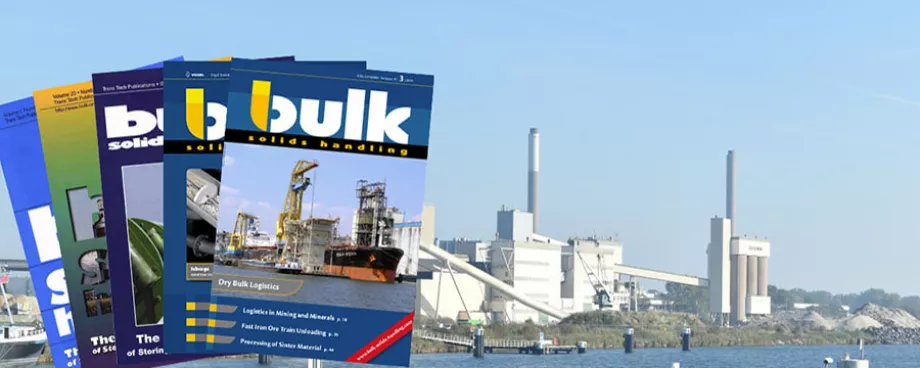During the past 20 years, we have seen considerable advances made in the development of theories concerning the flow of granular bulk solids. At the same time, there has been a growing need for engineers to become aware of the fundamentals relating to the design of bulk solids storage and handling systems. This has led to a series of articles and industrial courses. However, it seems to take forever to disseminate the available information among practicing engineers and to prevent many design errors to occur over and over again.
The flow of granular bulk solids and the structural design of storage bins or silos cover various engineering disciplines. The flow of granular bulk solids is influenced primarily by their flow ability properties (shear strength) and bulk density, geometric configuration of the hopper, selection of hopper liner materials, etc. As a result of these flow characteristics and flow patterns, pressures are exerted on the containing vessel, tank or silo. This aspect is usually covered by mechanical or chemical engineers, who generally do not get involved with the structural design. The actual structural design is covered by civil engineers, experienced in steel or concrete structures. Quite often, these two areas of engineers and design work independently of each other, resulting in problems with the facility during operations.
■




















